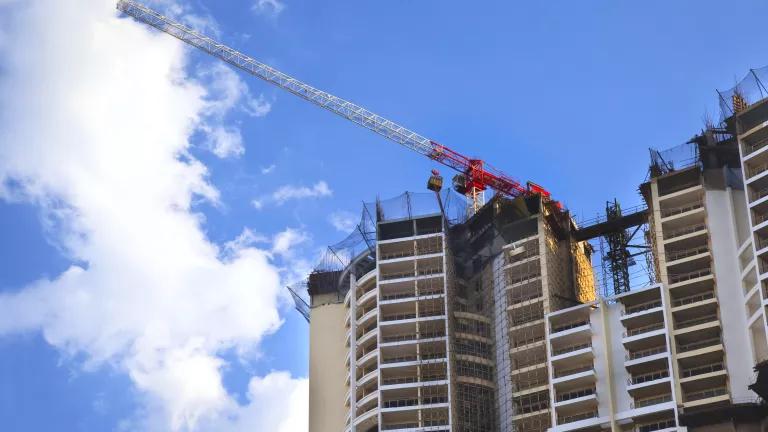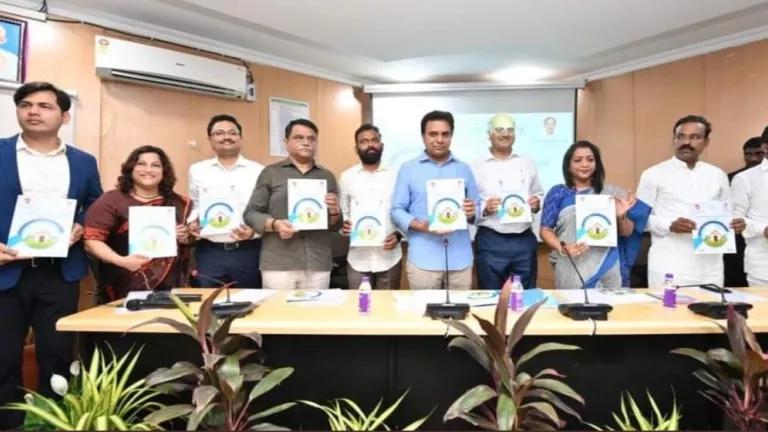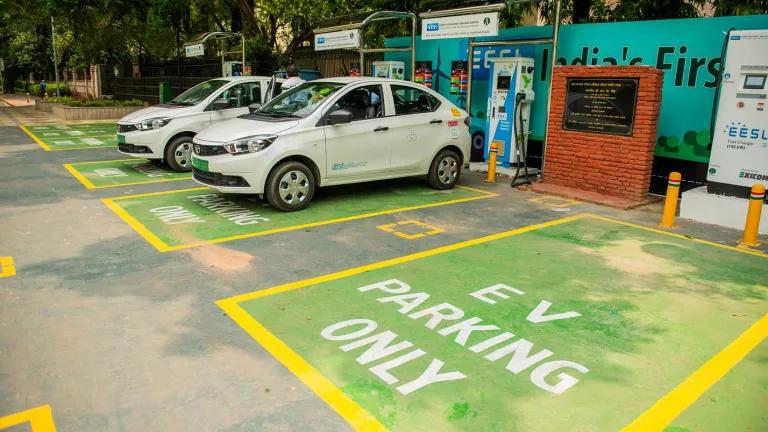In New Delhi, Dr. Ajay Mathur, Director General of the Bureau of Energy Efficiency, released our interim report, Constructing Change: Accelerating Energy Efficiency in India’s Buildings Market earlier this month. At the national workshop releasing our report, I was particularly encouraged by how many local leaders from Gujarat, Rajasthan, and other states, as well as private industry leaders such as ITC and Honeywell, agreed with Dr. Mathur that, “India’s commercial buildings sector has an enormous potential for energy efficiency.” Yet, the challenge remains to generate action at local levels to implement efficiency measures driven by both government and business leaders.
During the workshop, Sunit Mathur explained how Rajasthan is adopting a local energy efficiency code and developing a framework for compliance. Experts such as Dr. Vishal Garg from IIT in Hyderabad discussed the need for capacity building and increasing awareness at all levels from government staff to real estate developers. Dr. David Goldstein, NRDC Energy Director, also shared U.S best practices on accelerating efficiency and Gang Liu and Richard Liu shared experiences from China. It’s clear that coordinated stakeholder action is needed, particularly from three main groups: local governments, building developers, and banks.
“Constructing Change,” NRDC and ASCI’s interim report, focuses on local governments, developers, and banks and makes recommendations for unleashing the enormous potential for energy savings in India’s booming buildings market. While there is significant progress toward adopting energy efficiency in buildings in India, coordination among these three stakeholders is the foundation for developing a policy framework that drives sustainable development and adoption of energy efficiency measures, as discussed in our interim report.
State and Local Governments - State action towards establishing the Energy Conservation Building Code (ECBC) by 2012 for new commercial construction sets an imperative precedent to enforce building efficiency in states across India. For example, in Andhra Pradesh, an informal “Steering Committee on Energy Efficiency,” including the Confederation of Real Estate Developers’ Associations of India (CREDAI) and the Indian Green Building Council, ASCI, and NRDC are working to support ECBC code adoption and implementation. In Gujarat, the Centre for Sustainable Environment and Energy at CEPT University is raising awareness among building designers, academia, government authorities and the construction industry about energy efficiency and the ECBC. In Tamil Nadu, the Tamil Nadu Electrical Inspectorate (TNEI), Chennai Municipal Development Authority, pollution control board and other stakeholders are discussing how the ECBC can be adopted to improve building efficiency. As discussed in our interim issue paper, state and local governments should continue to implement steering committees, set residential and commercial building standards, and develop training programs on energy efficiency.
Real Estate Developers - Developers drive demand for energy efficiency. While some leading developers are building more efficiently, the developer community still needs to increase awareness of energy savings and reduced costs derived from efficient buildings. Many developers perceive higher upfront costs of efficiency measures as a significant obstacle to uptake, even though the efficiency measures pay for themselves. Developers can lead in adopting building efficiency through the creation of a real estate developer network that produces case studies; promotes energy efficiency leases; motivates regulatory incentives; and works with energy efficiency equipment vendors’ and manufacturers’ associations to create more efficient building products and materials.
Banks - Financial institutions create business opportunities for energy efficiency by reducing higher upfront costs through low-interest loans and innovative financial products. Opening and increasing dialogue between real estate developers and financial institutes is critical to share best practice and develop methods to solve the issue of supply and demand for efficiency measures. Financial institutions can work to structure effective financial products for new and existing buildings, with or without mortgages, to be able to adopt energy efficient practices; engage with the Reserve Bank of India (RBI) and National Housing Bank (NHB) to support energy efficiency through measures such as guidelines on energy efficiency investment, portfolio-based efficiency targets, regular audits, priority sector lending, finance lines to banks for onward lending to both builders for investing in energy efficiency initiatives and lines of credit at partly-subsidized rates to be offered to consumers for the mortgage loans, and communicate with Energy Service Companies (ESCOs) on solutions to financing efficiency measures for clients to address the hurdle of upfront construction costs for efficiency measures.
A vicious cycle persists when building owners cannot benefit from improved cash flow from efficiency improvements, which increases resistance toward adopting efficiency measures. In the coming weeks, we will revise our interim report based on the rich discussion during our March 2012 workshop, and in the months ahead we’ll work with stakeholders to construct change and drive action to implement building efficiency to save costs, reduce energy use, and fight climate change.
(Co-authored by Neha Mathew, NRDC Academic Intern)



